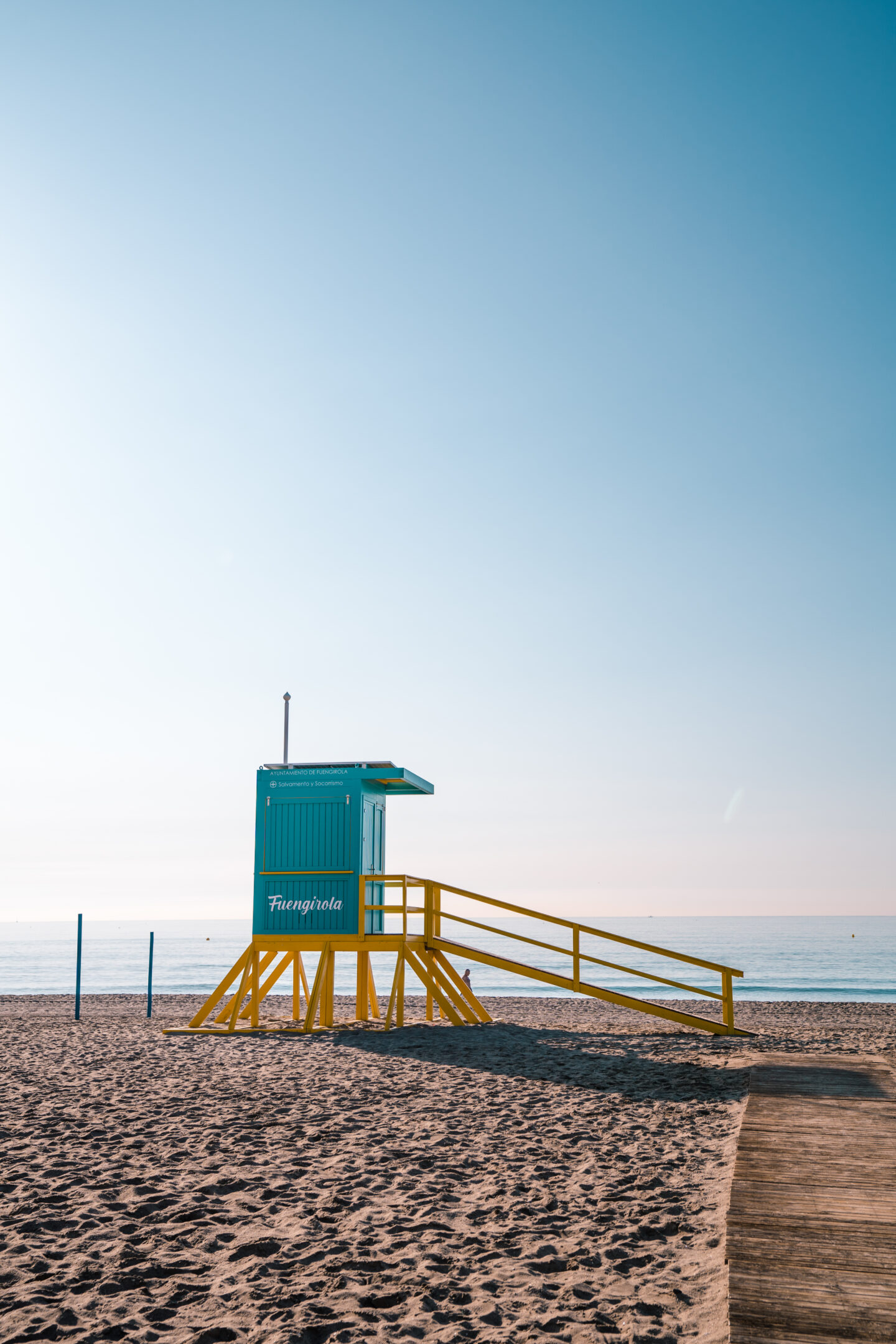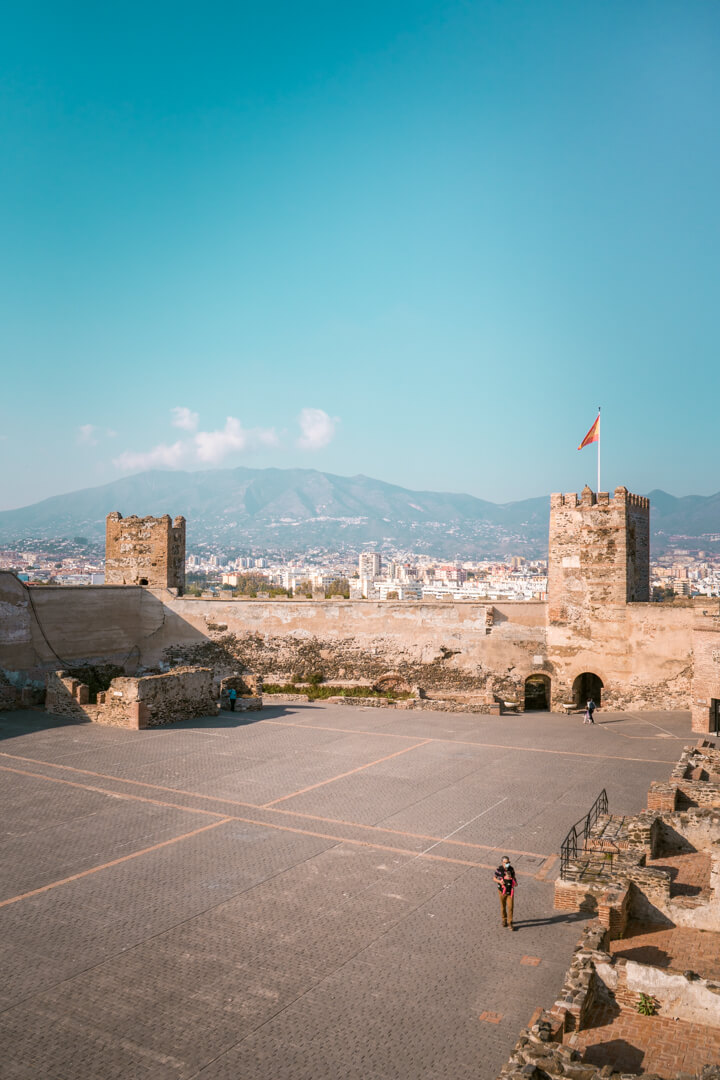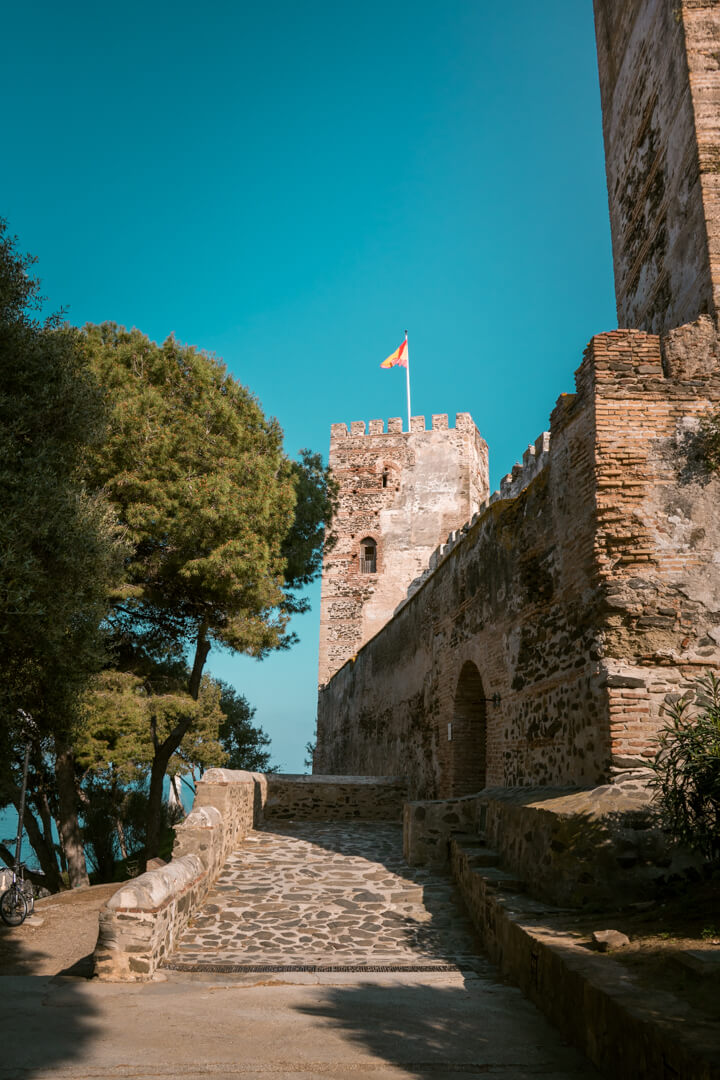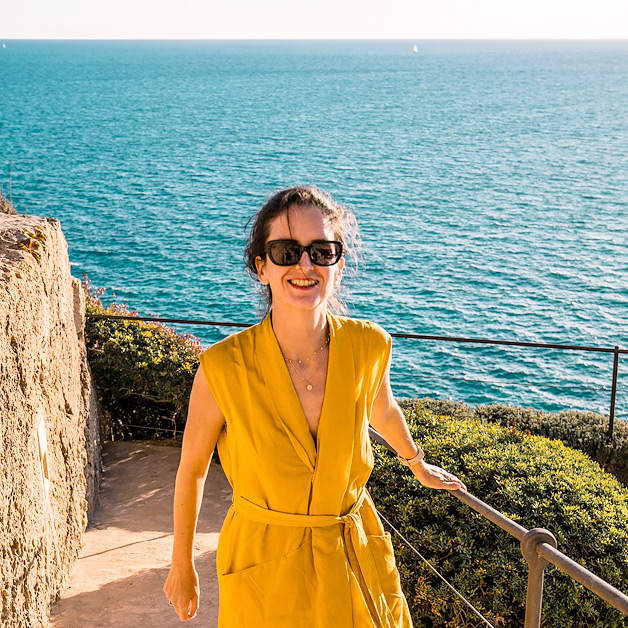Known as a major Spanish holiday destination, Fuengirola is a must-see when it comes to the famed Costa Del Sol.
Located just south of the city of Malaga, Fuengirola is close to major attractions with the added benefit of a slow-paced, seaside community.
Calm but lively during peak season, the town is your gateway to Andalusia’s historic and cultural gems. The town boasts a long and diverse history, with influences spanning several ancient cultures.
Today, Fuengirola draws both history and beach buffs from around the globe.

History of Fuengirola
The community of Fuengirola dates back to ancient times, having existed through Phoenician, Roman and Moorish rule. The town was once known as Suel and mentions of it have been found in Roman texts. Fuengirola is the site of multiple archaeological excavations, and discoveries include Roman baths as well as an ancient villa.
Abandoned for centuries, Fuengirola sprung to life again in the 17th century, which marked the new beginnings of the town we know today.
In the early 1700’s, the region saw its first inn, which eventually led to a small settlement. Its residents were mostly fishermen and farmers, and the town slowly became an active port. In the latter half of the 20th century, Fuengirola was “discovered” by travelers, and its promenade, pristine beaches, and range of accommodations made it a hotspot for locals and international visitors.
Today, the town is home to a sizable English-speaking community, as well as plenty of expatriates from around the world.
Summer is the region’s busiest season, and the tourist stream only begins to slow down in October.
Historic sites in the Fuengirola region include the Sohail Castle, a Moorish structure perched on a hilltop. While the site dates back to the ancient era, the current castle was built in the 10th century under Abd-ar-Rahman III. In the 15th century, the castle became part of Catholic Spain, and held an important position throughout various conflicts and defense strategies.

Today, the castle stands ready to welcome visitors.
The keep, or its tallest tower, is one of its trademark architectural elements, along with its corner towers. The castle’s sweeping archways denote its Islamic heritage, and living areas inside are open for viewing.
The castle was last restored a few decades ago- today, it acts as both a year-round historic attraction and a local events venue.
Fuengirola’s diverse history spans centuries- and cultures.
Much of it is still out in the open for visitors to admire, and it’s easy to imagine the coastline teeming with merchants and ships.
The Costa del Sol’s beaches are only one of its unique characteristics- dig a little deeper and you’ll come across historic treasures that transcend time.

Explore More in Fuengirola
Fuengirola Districts: A Local’s Guide
7 Best Things To Do in Fuengirola at Christmas
Miramar: Fuengirola’s Shopping Centre
Sould Park in Fuengirola: Worth a Visit?
Fuengirola Tourist Attractions You Shouldn’t Miss
Best Things to Do with Kids on Your Trip to Fuengirola, Spain
Fuengirola Bus Station: Practical Travel Guide
La Galleria Gastro Mercado: Fuengirola’s Food Market



